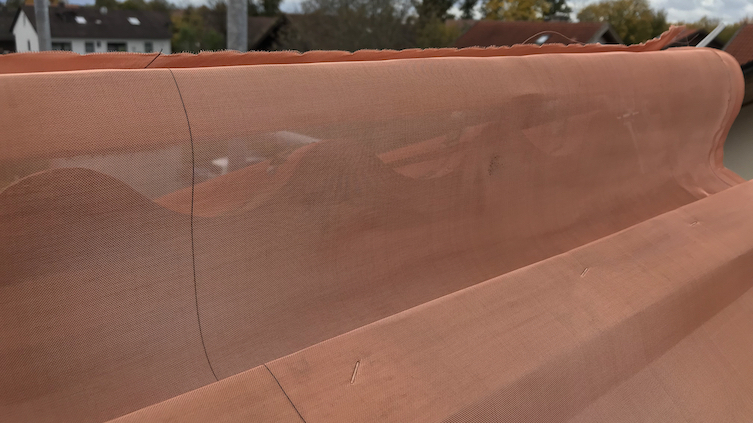Shielding of high-frequency immissions (HF immissions)
The term “shielding” gives the impression that nothing can get through after a shielding material has been applied, i.e. that the RF emission is completely blocked.
However, this is not the case for the shielding of RF immissions. The correct term is RF attenuation or shielding effectiveness. This indicates how effectively a shielding reduces or attenuates RF immissions. The efficiency of a shielding power is also frequency-dependent, so there is no “one” shielding power for RF emissions. Depending on the frequency of a mobile radio service and the magnitude of the RF immission, different measures are required.
The greater the shielding effectiveness of a shielding material, the less RF immissions can penetrate the shielding. Different shielding materials are offered on the market, which can have large differences in shielding effectiveness. First of all, a distinction is made between shielding from the outside (building envelope) and shielding indoors. For indoor areas, it can be decided whether the shielding is to be permanently installed (fabric/shielding paint, etc.) or mobile (shielding fabrics as curtains or canopies).
For the successful shielding of a high-frequency immission, it is therefore important to know which radio service it is that is to be reduced or attenuated in its RF immission. This information, which is important for shielding, can be determined in detail by means of a frequency-selective spectrum analysis.



